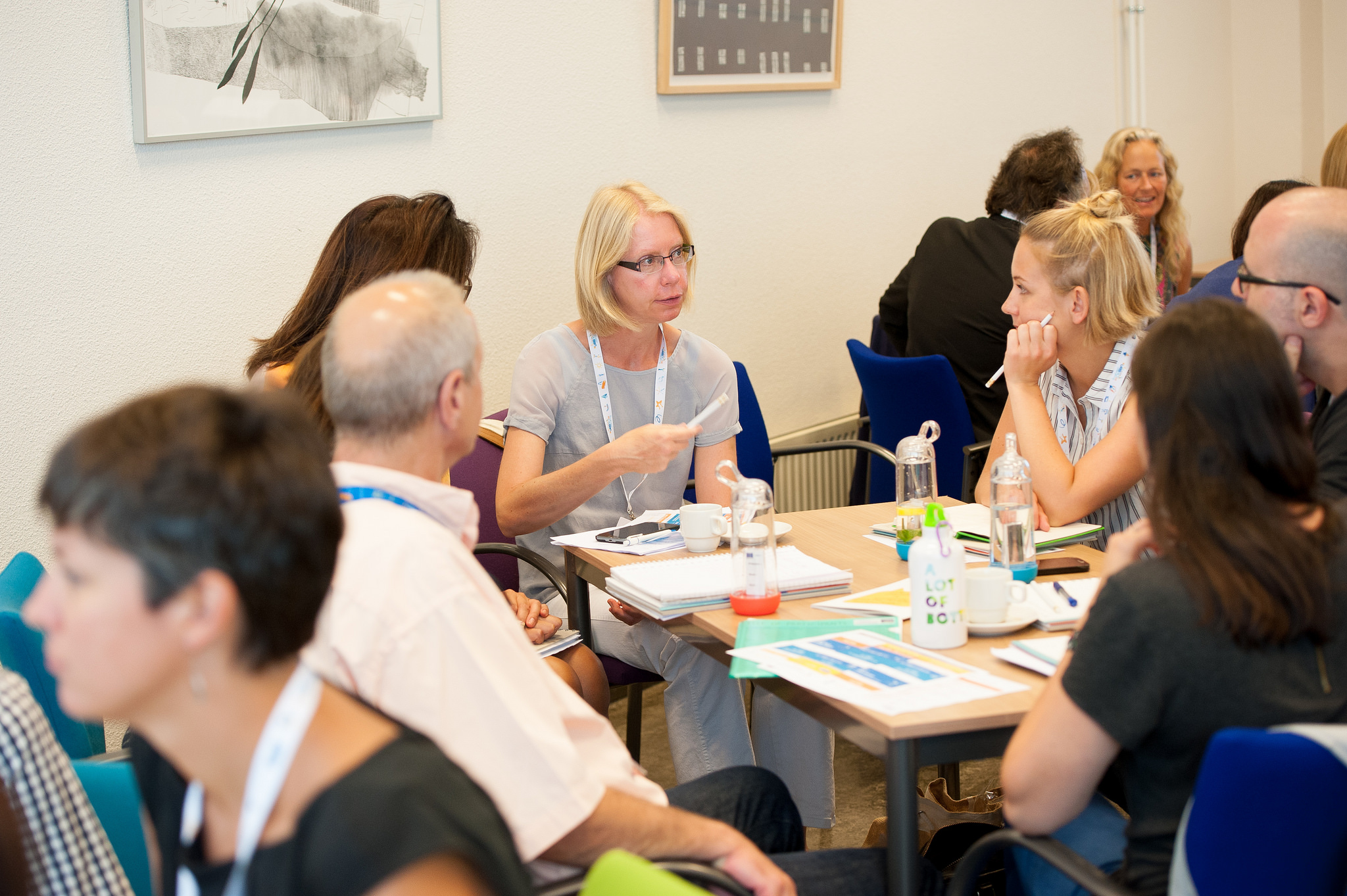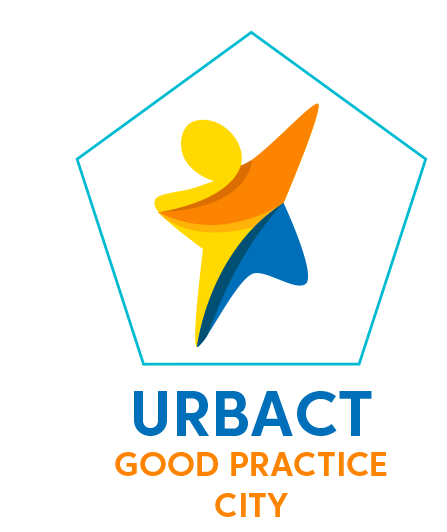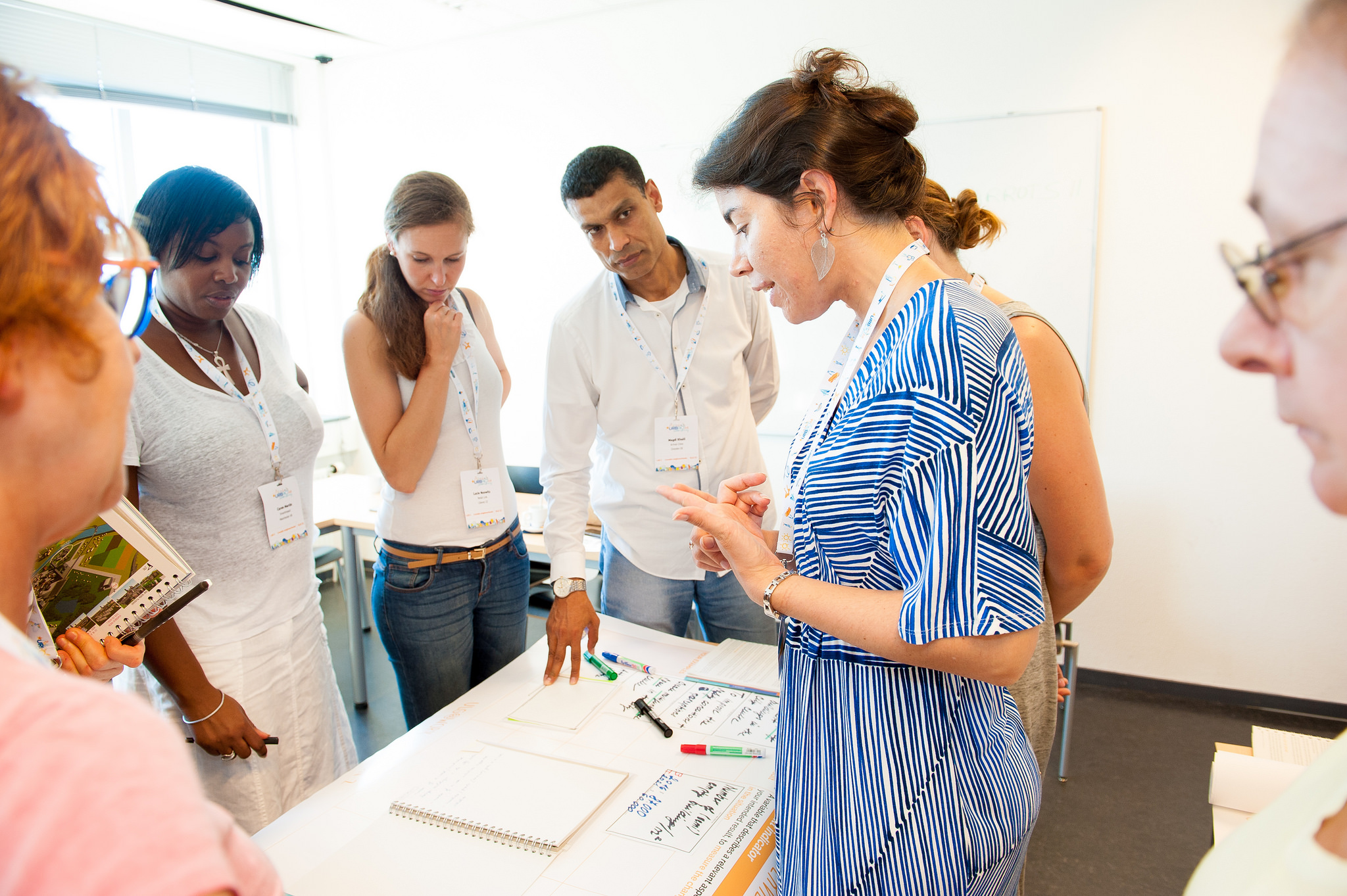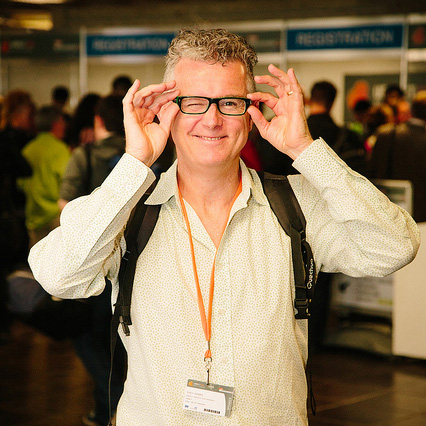It is time for cities to share their good practices now, more than ever
Edited on
24 June 2019
Read time: 4 minutes
A call for Good Practice
In early December URBACT launched a call for Good Practices, inviting Europe’s cities to put forward their most effective examples. The call remains open until 31st March.
Across Europe, cities face formidable environmental, economic and social challenges. Affordable housing, business stimulation, migrant integration and good air quality are amongst them. These are issues that affect cities of all sizes, at a time when public budgets remain squeezed in many places.
Against this background, it is little wonder that the appetite for sharing effective urban solutions is growing. We see this within the URBACT programme, where participant cities are thirsty to hear about one another’s work. We also see it at the policy level, reflected in the work of the Urban Agenda for the EU. As its working groups come on stream, their initial activities include a thorough scan of the policy landscape, with a focus on what works.
Thanks to the Internet, there has never been an easier time to access examples of good practice. But in this era of half-facts and unsubstantiated claims, there are health warnings that come with this information. Who decides what good practice is? What are the criteria attached to it? And, crucially, where’s the evidence?

URBACT cares about these questions. As a programme for cities, we believe in their ability to find solutions to even the most wicked problems. We also believe that it’s important to identify Good Practice examples as a starting point for driving improvements in integrated sustainable urban development in Europe. That’s a major reason for the launch of this new call.
Yet we also know that good practice is, in itself, only the starting point. This is starkly evident in the fact that whilst we are surrounded by good practice examples, our cities can still struggle to find solutions. Ultimately, it is the transfer of those good examples, and the potential impact they have on wider city behaviours that is the bigger prize. Ultimately, this is URBACT’s goal, but a critical first base is the gathering of good urban practices from across Europe.
Why should cities get involved?
 These days, most city administrations are working with tight resources. They think carefully about the time they invest in responding to EU calls. So, why should they consider engaging with this one?
These days, most city administrations are working with tight resources. They think carefully about the time they invest in responding to EU calls. So, why should they consider engaging with this one? The new URBACT call comes on the back of a successful Good Practice Transfer Network pilot. During that exercise one of the key questions we explored was whether there were benefits to those cities which had good practice to share with others. The answer was a resounding ‘Yes’!
This affirmative response derived from consistent feedback from the ‘good practice’ cities. A number of clear messages were evident. One was that there is significant prestige from having your practice recognised in this way. Externally, it helped raise the city’s profile, in some cases cementing growing reputations for exemplary work in a particular field. This was particularly the case with small and medium sized cities, where there can often be good practice which is less well known.
It was interesting to note that the good practice cities also cited internal benefits. They explained that local stakeholders who had been less supportive – or even openly critical - of the initiative, were forced to sit up and take note. Several good practice hosts mentioned that the external recognition was also helpful in securing stronger political support, often encouraged by positive local media coverage. All of this can strengthen the case for continued city investment.
Beyond these reputational benefits, there were also evident technical advantages to having your project selected as a good practice example. Firstly, the nomination required each city to provide a detailed explanation of its practice. This is not as easy as it initially sounds. Often, those involved in the work were so close to it that there were many aspects they took for granted. In order to explain it fully to outsiders, this required them to conduct a thorough analysis of their own work.
 In some cases this took them back to fundamental questions: What was the problem we set out to address? Why did the service evolve this way? Why were these key players involved? In effect, what took place was a deconstruction of the design and development process. The result of this reflection was a much clearer understanding of their own trajectory together with a compelling narrative explaining the journey as well as the end product. This codification exercise was widely recorded as being hugely beneficial.
In some cases this took them back to fundamental questions: What was the problem we set out to address? Why did the service evolve this way? Why were these key players involved? In effect, what took place was a deconstruction of the design and development process. The result of this reflection was a much clearer understanding of their own trajectory together with a compelling narrative explaining the journey as well as the end product. This codification exercise was widely recorded as being hugely beneficial. Cities’ ability to articulate what was often a complex and detailed story responded to our requirement to explain the practice to a diverse external audience in ways that everyone understands. Building on this pilot experience, the principles underpinning our Good Practice Transfer model are “Understand, Adapt, Re-use”. This is central to the notion of sharing and transfer, because a universal understanding of the practice is the foundation for everything else.
As URBACT is in the business of supporting good practice transfer, this remains our ultimate goal. That is why the good practices that emerge from this new call will be widely showcased and shared across Europe – and beyond. Cities whose practice is selected can expect to find themselves in the spotlight, telling their story to audiences across the world.
What do we mean by Good Practice?

URBACT’s focus is on sustainable integrated urban development. Working in line with the EU 2020 goals, the programme is closely aligned to the EU’s eleven Cohesion Policy Thematic Objectives. It also closely corresponds to the priorities established by the Urban Agenda for the EU.
This means that we in turn prioritise those environmental, economic and social challenges that cities face. Correspondingly, we anticipate that these will be reflected in the Good Practices that emerge from this call. We are looking for successful examples addressing the issues commonly faced by cities throughout Europe – and increasingly beyond.
What does this actually mean? We anticipate that the eventual line-up of good practices will offer variety – not only in their thematic coverage but also in their scope. For instance, some may offer a systemic city-wide approach to a particular challenge. An example of this from the pilot projects came from Södertälje in Sweden, which has developed an integrated approach to local food production and consumption. We may also see specific ‘project’ approaches, such as the distinctive model developed by Bremen to reutilize empty public buildings. In both cases, although the city authority performed a key enabling role, other stakeholders – including NGOs – had vital parts to play.
In assessing the submissions, there are four key criteria that URBACT will use to select those with greatest potential. Our four key questions relate to:
• Relevance: Does the practice address an issue widely faced by Europe’s cities?
• Fit with URBACT principles: Does it reflect the sustainable and integrated approach?
• Evidence: What difference has it made?
• Transferability: What is the transfer potential?
What happens next?
If you are considering a response to the call, full details are available on URBACT’s dedicated webpage. This also provides details of dissemination events taking place across Europe where, thanks to the URBACT National Urbact Points, you can find out more in your own language. Don’t forget there is also a launch event taking place in Brussels on January 30th, with full details here.
As we have already noted, the submission deadline is 31st March. Following the selection process, URBACT will launch a major promotional campaign to showcase the good practices, culminating in a Good Practice Festival taking place in Tallinn in the autumn. This will coincide with the next stage of our process, the call for good practice networks, with a focus on transfer and replication.
The timing of our process is auspicious. No single city has all of the answers to the challenges we face. However, as a networked whole, Europe’s cities have much to share and much to learn from one another. Particularly when resources are scarce, there is an imperative to look beyond one’s own boundaries, in order to find ready-made solutions and avoid the mistakes that others have already made. So, despite rumours to the contrary, this remains a time for curiosity, sharing and city collaboration. We look forward to you joining us on this new journey.

Themes homepage sticky:
 Submitted by Eddy Adams on
Submitted by Eddy Adams on




